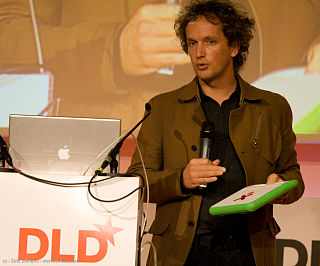A Quote by Joe Gebbia
Design helps shape our everyday interactions through products, furniture, objects, or experiences.
Related Quotes
As the mother of six, Karen Santorum knows the power of stories to shape and mold the nature of our children. In Everyday Graces, Karen has complied a treasure chest of tales that helps us raise the next generation of children into adults of kind compassion. Everyday Graces is a must for families that desire their children to become people of character.
I have the same sense of discovery and exhilaration from objects of design and everyday use - I am inspired by the buildings in my city, by park greenery and dazzling store windows, by the jaunty strollers and umbrellas and billboards I walk past. Just strolling our streets, we encounter creativity every single day.








































